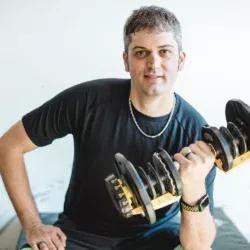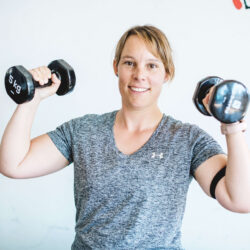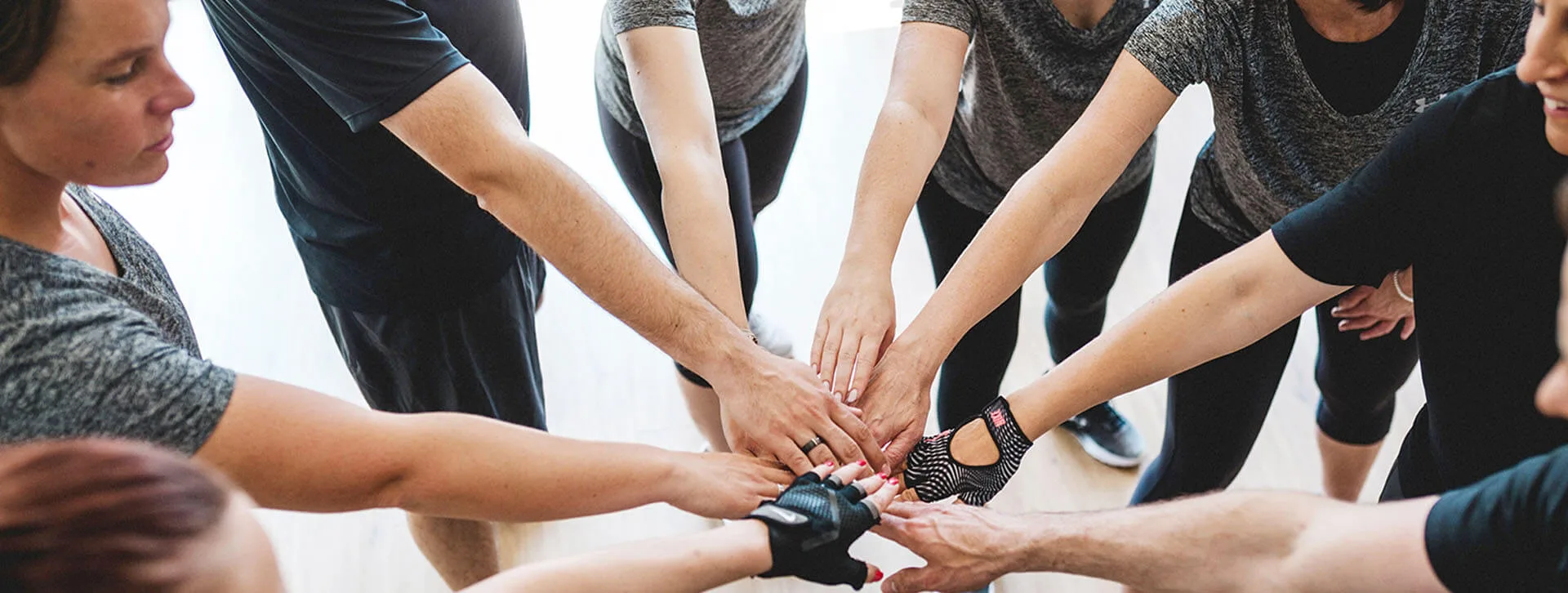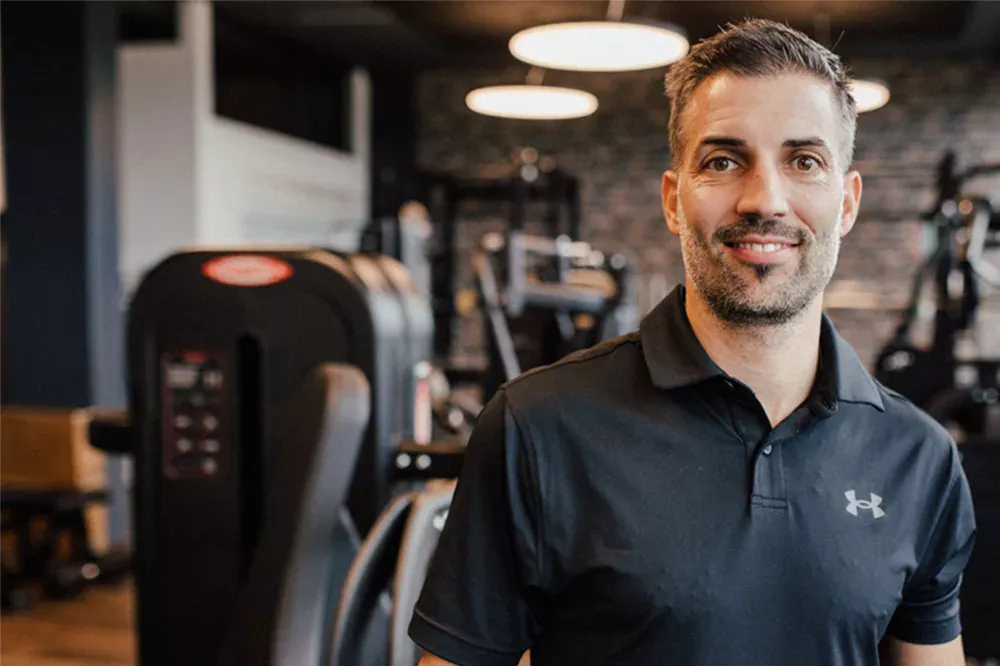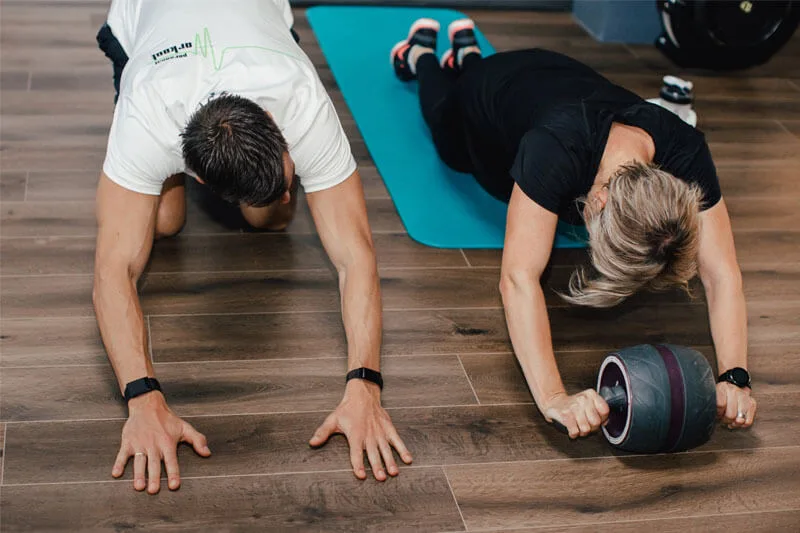What does a good strength and mobility assessment look like?
Whether it’s an intake check, anamnesis, or assessment: there are many terms used to determine and evaluate a person’s health status for individualized training. Such checks should always include a written part, and a practical component is valuable and desirable. Among trainers, the FMS (Functional Movement Screen) is widely used, but we were never fully satisfied with it. With Activ Force, we now have a new tool that provides much more insight. In this blog post, we introduce our functional assessment.
Functional Assessment
When one begins a journey aimed at improving one’s physical health and body recomposition, the end goal is always clear in mind, the point one wishes to reach. Often it is the client himself who decides this, perhaps with the help of the professional, who has the task of shaping, based on his experience, the goals chosen by the client, making them as realistic as possible.
In the case of nutrition, we know how to set a goal: if we are 10 kg overweight, our goal will be to lose 10 kg. In order to establish the baseline, we will need to know the calories intake at the current state, the macronutrients assumed, etc.
What about training instead?
Training – where to start?
We said that a person wants to lose 10 kg, but also to get rid of frequent episodes of back pain, to increase leg strength and breath for the skiing week, and to look better. How should a professional proceed?
Without mincing words, we know very well how the world of “personal training” operates in public gyms: no or very brief anamnesis, no functional assessment, and no initial test. Then the question naturally comes up:
“How is it possible to plan a long-term personalised plan, set its variables (intensity, volume, loads, recovery), methods, and the tools to be used, if one does not first know the starting point?”
ANAMNESIS AND FUNCTIONAL ASSESSMENT: DIFFERENCES
The anamnesis is the first fundamental step in getting to know the client’s current state.
There are many points touched upon, and this allows us to know and understand from the very beginning any problems with the client’s current physical/mental state.
If the anamnesis is the client’s ‘job’ (although it is a banal thing to say, we would like to remind you that honesty in filling in the questionnaires is fundamental to make the best start in the personal training course), the functional assessment is the professional’s duty.
In the 90s, client assessment was simply based on strength status, body composition, and aerobic/anaerobic capacity [1].
Based on the assumption that training is movement, functional assessment nowadays focuses primarily on the quality of movement. Subsequently, it will be interesting to know the strength/power the person is able to exert, because (and we will never stop repeating this), strength is an essential condition for physical health:
“People who lift weights are substantially less likely to develop heart disease, high blood pressure and many other chronic illnesses than those who skip resistance exercise.”[2]
The functional assessment gives us an even deeper insight into our client: we can see which movements he prefers, in which he is more or less skilled, and above all to detect painful states during movement or static positions.
Main differences, according to our vision and method:
| Anamnesis – LIFESTYLE IMBALANCES | Functional Assessment – IMBALANCES IN THE BODY |
| Nutrition | Posture |
| Sleep | Mobility |
| Pathological condition | Strength |
| Lifestyle | Balance |
| Mental Health | Power |
METHOD
There are many different functional assessments used in the field of personal training. Over the past year, we have developed our own way of assessing, trying to group together in a single method what we consider to be important for an accurate assessment, leaving out what might be futile.
Activ force
The latest addition to Personalwokout is the Activ Force[3], a very versatile tool that allows us to evaluate:
– Force output
– Range of Motion
Its inclinometer function allows us to assess, in real-time, the range of motion of a joint.

Shoulder flexion ROM [Futura – Preparazione fisica, Sport e Salute – Cabras].
In addition to the range of motion, the Active Force is a dynamometer that also allows us to evaluate the force output.
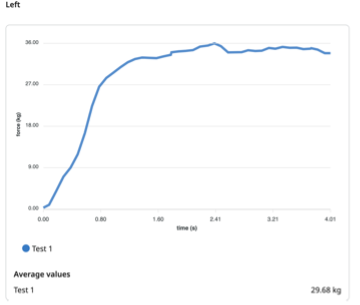


Range of motion and force output can be measured for all joints, allowing the creation of a complete report that can then be compared at a later stage.
Keiser
Athletes/clients who have been training with us for a while now know what we are talking about. The Keiser [4], one of the tools we are most proud of because of its versatility, from strength development to hypertrophy, from rehabilitation (thanks to the very precise load increase/decrease of only 100 grams) to sports physical preparation. Its function allows constant tension in all planes of movement and at all speeds expressed. This allows us to train power and, of interest in this case, to measure it.
To get an idea of how we measure power, you can look at this link to this month’s challenge, in which we measure the horizontal and vertical pull and push of the upper limbs.
Conclusion
The functional assessment should not be seen as an end in itself, but more as a starting point, both to get to know the initial state of the client and as a comparison to be made in the following months to assess the work done and any improvements.
Would you like to start a training and nutrition programme with a functional assessment but are still in doubt?
Come and visit us at Personalworkout, we will show you our method and philosophy.
SOURCES
- hhttps://www.nfpt.com/blog/functional-movement-assessments-for-fitness-clients
- https://www.washingtonpost.com/wellness/2023/01/18/grip-strength-muscles-aging/
- https://activforce.com/
- https://www.keiser.com/fitness-equipment/functional-training/infinity-series-functional-trainer
Challenge of the Month
What Clients Say

